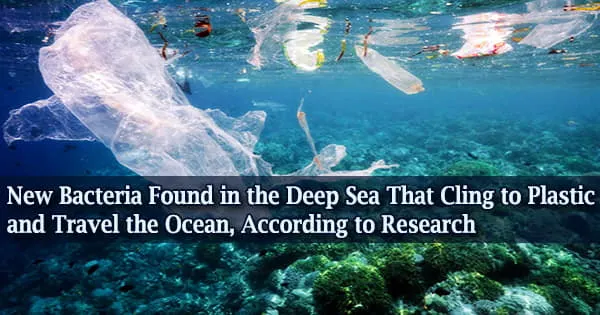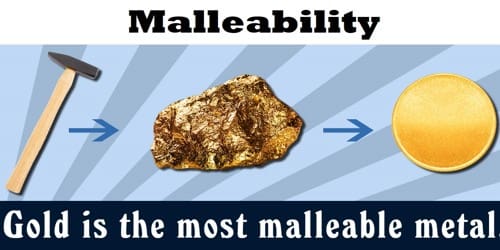Researchers from Newcastle University have discovered novel strains of bacteria that cling to plastic in the deep sea and may even be able to “hitchhike” across the ocean.
The team demonstrated that only 1% of the entire bacterial community consists of these deep-sea, plastic-loving microorganisms. The team found that these bacteria only stick to plastic and not the non-plastic control of stone, as they reported their findings in the journal Environmental Pollution.
The study shows that by clinging to plastic, these bacteria may be able to “hitch hike” across the deep water, boosting microbial communication across ostensibly remote regions.
The team deployed a deep-sea “lander” in the North-East Atlantic to purposefully submerge two forms of plastic, polyurethane, and polystyrene, in the deep (1800m), and then recovered the debris to discover a group of bacteria that love plastic.
This technique addresses the problem of how environmental samples of plastics and, consequently, our knowledge of the ‘plastisphere’ (microbial population linked to plastic) are taken in a consistent manner.
The researchers discovered a variety of unusual and diverse live bacteria, including Spirosoma, which was recovered from Arctic permafrost, and Calorithrix, which is also found in deep-sea hydrothermal vent systems.
Aliivibrio, a virus that has harmed the fish farming business, and the Marine Methylotrophic Group 3, a group of bacteria discovered from deep-sea methane seeps, were two other bacteria. These bacteria show an increasing concern about the prevalence of plastic in the ocean.
The deep sea is the largest ecosystem on earth and likely a final sink for the vast majority of plastic that enters the marine environment, but it is a challenging place to study. Combining deep-sea experts, engineers, and marine microbiologists, our team is helping to elucidate the bacterial community that can to stick to plastic to reveal the final fate of deep-sea plastic.
Max Kelly
In their most recent research, they have also discovered a strain known as Halomonas titanicae, which was first isolated from the RMS Titanic. The researchers have now demonstrated that the rust-eating microbe, which was initially discovered on the shipwreck, also loves to attach to plastic and is capable of low crystallinity plastic degradation.
The research was led by Max Kelly, a PhD student at Newcastle University’s School of Natural and Environmental Sciences.
He said: “The deep sea is the largest ecosystem on earth and likely a final sink for the vast majority of plastic that enters the marine environment, but it is a challenging place to study. Combining deep-sea experts, engineers, and marine microbiologists, our team is helping to elucidate the bacterial community that can to stick to plastic to reveal the final fate of deep-sea plastic.”
90% of the plastic trash discovered at the ocean’s surface is made up of microplastics (particles with a diameter smaller than 5 mm), and the amount of plastic entering our ocean is far greater than the estimates of floating plastic on the ocean’s top.
Despite only making up a small portion of the community that colonizes plastic, the plastic-loving bacteria discovered in this study serve as a warning about the growing biological effects of environmental plastic pollution.
















